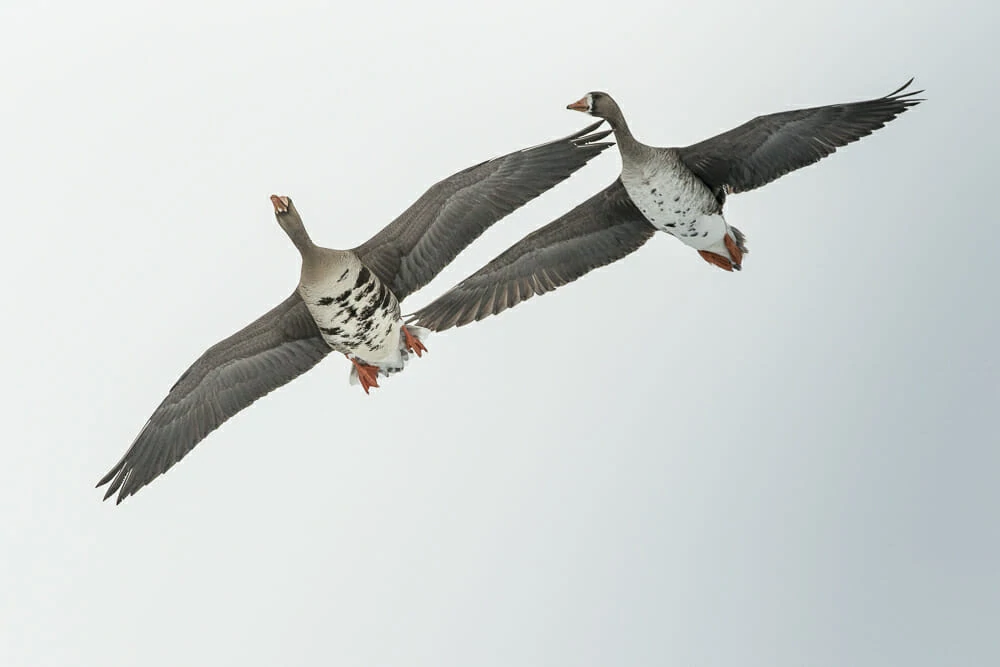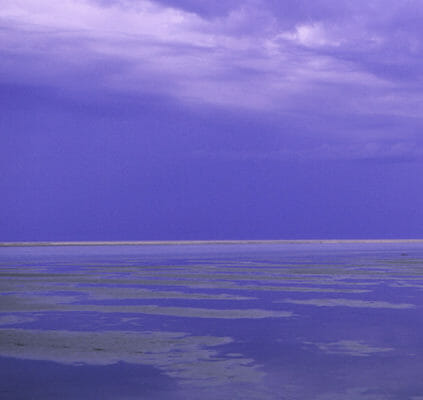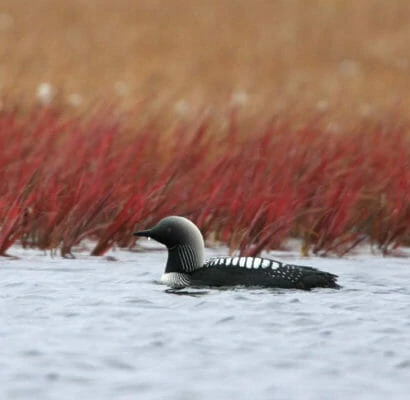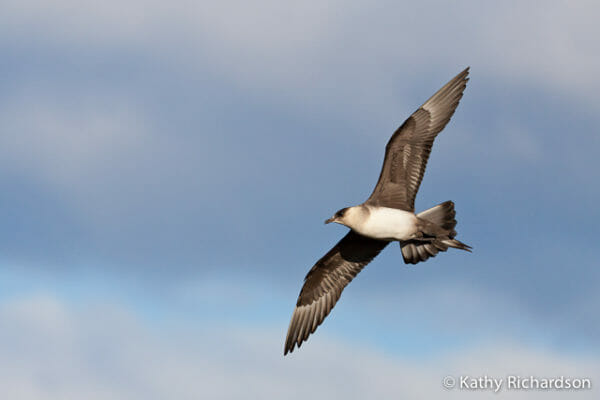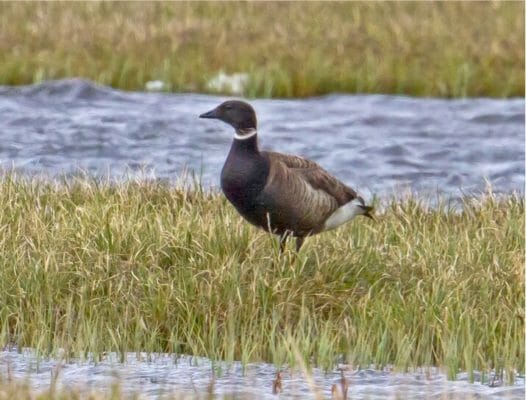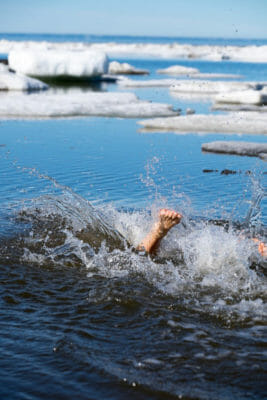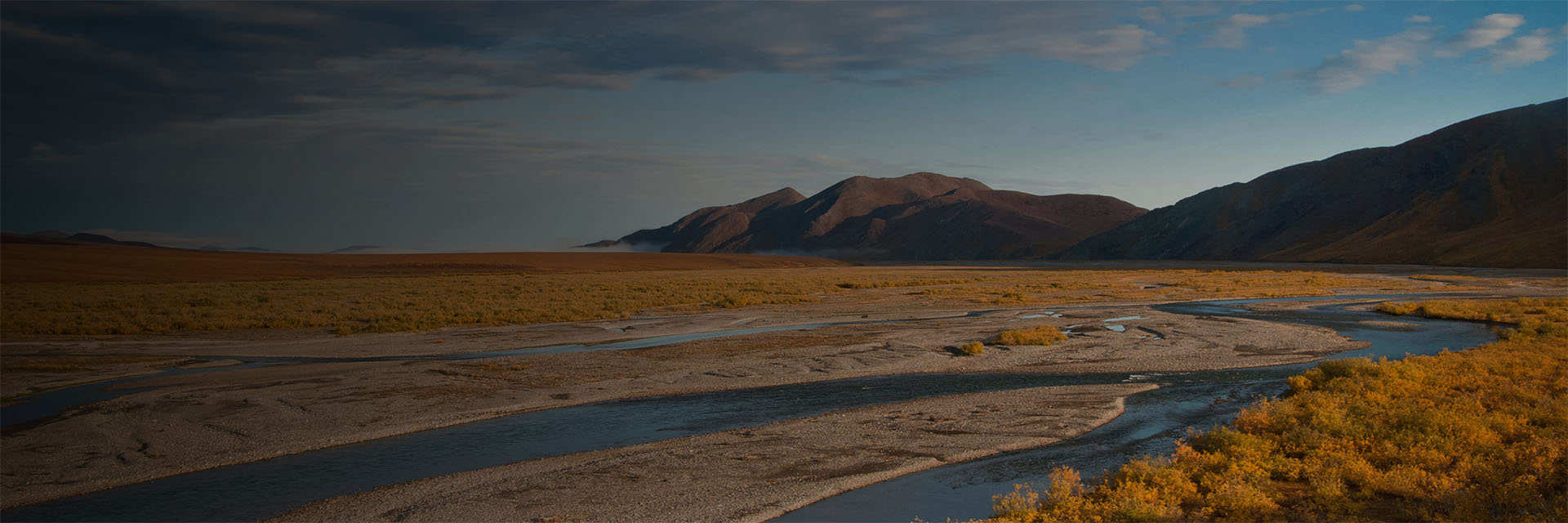Last updated: November 22, 2021
Itinerary
What follows is a general flow of events. Expect the unexpected and prepare to be flexible.
July 20
Meet your guides for a pre-trip meeting at 4 pm in Fairbanks at the Arctic Wild world-headquarters.
July 21
Fly north from Fairbanks across the Yukon River over the Brooks Range and into the Arctic Slope. We’ll land at Umiat, an abandoned oil camp established in the 40’s by the Navy. We won’t tary too long sightseeing in the SuperFund site nor visiting with any scientists which may be working in the area. We’ll need to carry our gear and boats to the river and can hopefully get a few river miles behind us on our first day in the Arctic.
July 22 and 23
Life on the Kuukpik is sweet. The current flows swift and smooth pushing past mile-long gravel bars and undercutting colorful bluffs which line the north-bank of the river. Peregrine Falcons and Rough-legged Hawks will be our nearly constant companions and the sky is enormous. We’ll paddle about 5 hours on each day leaving plenty of time to search for fossils (we’ll leave them where we find them), and to walk on the tundra. There is plenty of driftwood for campfires and lots of good food to enjoy with friends new and old.
July 24
We rendezvous with our pilot and shuttle 3 at a time from the Colville to Teshekpuk Lake. Making camp anew where the tundra merges with the blue-gray waters of Arctic Alaska’s largest lake. ****Do we want to try to arrange a visit in Nuiqsut this day?****
July 25 and 26
We have 2 full days to hike, bird, explore, debate, and discover Teshekpuk. Your guides will offer to lead hikes, teach you about natural history, and keep the warm food and drinks rolling out of the “cook-tent”. There can be as much or as little adventure as you want.
July 27
A final morning by the lake. One last chance to look for Spectacled Eiders and then its time to pack-up and listen for the plane. He’ll shuttle us 3 at a time east towards the sprawling oil fields. We’ll have time in the afternoon to **** Deadhorse Tour? Visits in Nuiqsut? Night in Nuiqsut and scheduled flight to SCC and FAI on the 28th?





